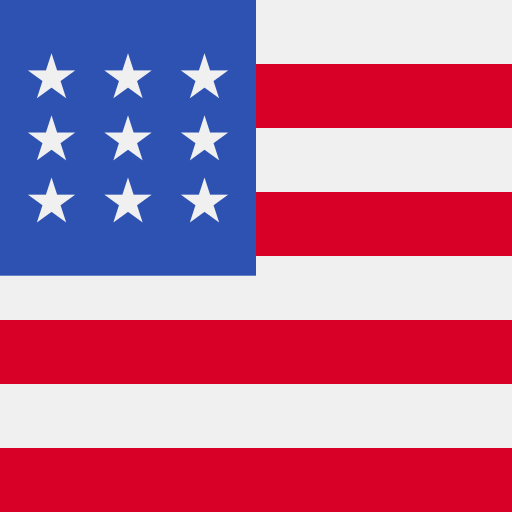Explore the history of the River Elbe between the capitals of Prague and Berlin where a 250,000-litre wine barrel never ran dry and ‘white gold’ was produced in the 18th century.
Explore the history of the River Elbe between the capitals of Prague and Berlin where a 250,000-litre wine barrel never ran dry and ‘white gold’ was produced in the 18th century.
By Jeannine Williamson
Augustus the Strong, the 17th century King of Poland and Elector of Saxony, certainly knew how to throw parties when he presided over Königstein, in Germany. Not only did he commission an immense 250,000-litre wine barrel to ensure his bar never ran dry, but he measured the success of his social gatherings by weighing guests when they arrived and left. If they hadn’t put on weight they were blacklisted from future revelries.
You can marvel at a replica of the huge cask on a tour of Königstein, perched on a hilltop overlooking the River Elbe and one of Europe’s highest strongholds. Dating back to the 13th century, it was once an impregnable self-contained fortress designed to allow a 1,000-strong community to live self-sufficiently for up to four years. It is a literal high spot on a tour through Saxon Switzerland, the rugged area in Germany’s Sandstone Mountains that was named after its resemblance to the neighboring alpine country.
The region is among many sights you’ll discover on a journey between the contrasting capitals of Prague in the Czech Republic and Berlin, where the towns and cities lining the banks of the River Elbe played a pivotal role in German history.
Dresden, was dubbed the ‘Florence on the Elbe’ before it was destroyed by wartime bombing in 1945. The baroque Frauenkirche church became a poignant symbol of the devastation and was left in ruins for decades before being meticulously restored. Finally reopened in 2005, it has a 220ft viewing platform and it’s well worth the effort to climb to the top where you’ll be rewarded with far-reaching views.
Augustus the Strong also made his mark in Meissen, which is renowned worldwide for its namesake porcelain. Obsessed with uncovering the secret of the fine Chinese pottery that was imported at eye-watering prices, he ordered his alchemist Johann Friedrich Böttger to produce a similar “white gold”. Founded in 1710, Meissen is Europe’s oldest and most prestigious porcelain manufacturer and you’ll see a surprising array of items in a tour around the museum. As well as a table laid with the opulent Swan Service, part of a staggering 2,000-piece 18th dinner set designed for 100 guests, there’s a very posh Meissen chamber pot and an organ with china pipes.
Then there’s historic Wittenberg, known as the ‘Cradle of the Revolution’. In 1517 monk, professor and theologian Martin Luther nailed 95 points of discussion, or theses, to the door of his local church challenging Catholicism and triggering the reformation that changed the course of history. You can still see the door today.
When it’s time for a break, a refreshing glass of Czech or German beer will go down a treat as these two countries are famed for their breweries. And that’s before you even try some of the delicious food, such as soup served in novel bowels carved out of bread and salty pretzels. At the end of the week you might be like Augustus the Strong’s guests and have put on a bit of weight, but you’ll have had a great time in the process.
Become the first to know about win-a-cruise competitions, on-trend vacation inspo and don’t-miss travel advice from the experts.



 United Kingdom
United Kingdom USA
USA